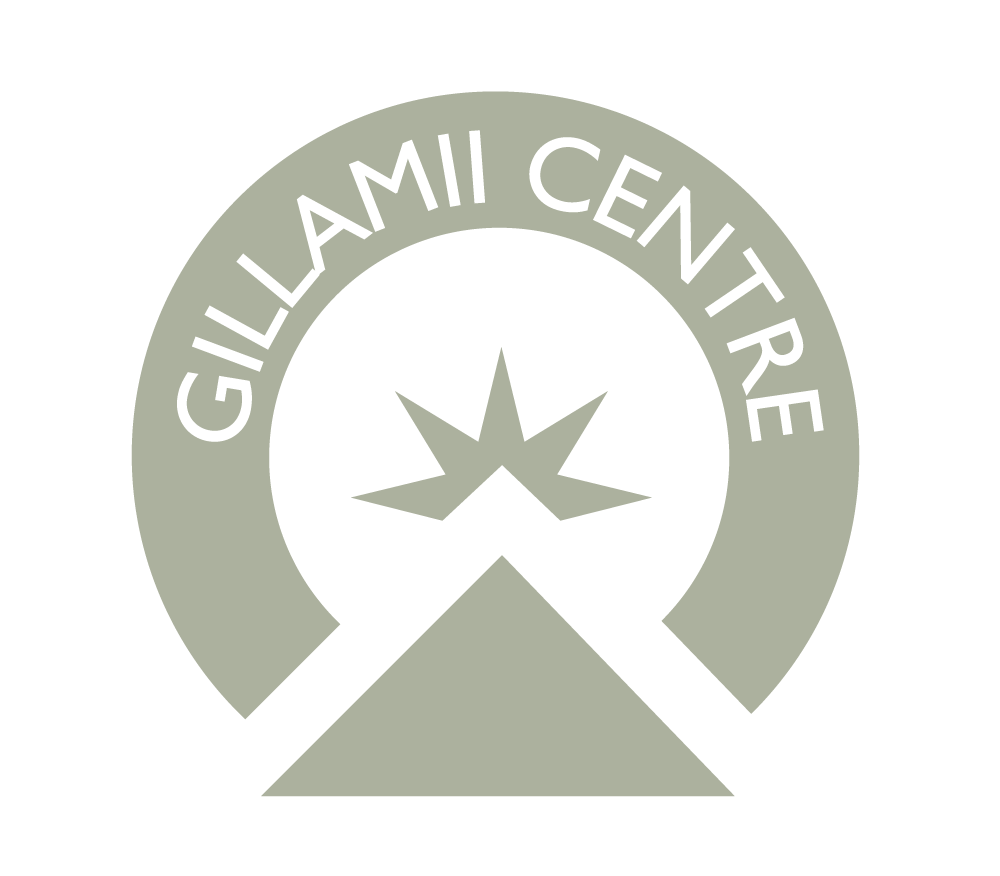Tambellup Water Reserve Biological Survey 2003
The Shire of The Shire of Tambellup has approximately 12% native vegetation remaining, of which only 24.5% occurs on public lands (Shepherd et al, 2002). The Tambellup Water Reserve No. 2 is by far the largest reserve in the Shire, being 688ha in total (Mercer, 1996).
Publication Date: 31/8/2003 Author: Wendy Bradshaw Document Type: Report - .pdf 100kb
Lakes Nunijup, Poorrarecup and Carabundup – Hydrology Report 2009
The three large lakes in the upper Kent River catchment – Nunijup, Poorrarecup and Carabundup – are the natural disposal points for discharge from the catchment and their salinities may have risen as a result of forest clearing and lower rainfall, possibly caused by climate change.
Publication Date: 30/6/2009 Author: MA Barli and J De Silva Document Type: Report - .pdf 4.5mb
Lake Unicup – Hydrology of the Muir-Unicup Catchments 2003
The Lake Muir-Unicup Natural Diversity Recovery catchment comprises many water bodies, including Lake Muir and unicup Lake, occupying a broad flat largely internally draining landscape. Within the catchment sediments of the Bremer Basin overlie part of the Albany-Fraser Groundwater Province and a small part of the Yilgarn-southwest Groundwater Province.
Publication Date: 31/4/2003 Author: Robin Smith Document Type: Report - .pdf 2.9mb
Declared Rare Flora in the Katanning District 2000
This report provides a brief description and information on the distribution, habitat and conservation status of flora declared as rare under the Western Australian Wildlife Conservation Act (Threatened Flora) in CALM’s Katanning District and makes recommendations for research and management actions necessary to ensure their continued survival. https://florabase.dpaw.wa.gov.au/
Publication Date: 12/3/19 Author: Mal Graham and Murray Mitchell Document Type: Report - .pdf 1.3mb
Tambellup Townsite & Jam Creek Catchment Salinity and Hydrology Report 1997
Tambellup is experiencing increasing salinity problems. Saline groundwater levels are close to the soil surface and cause deterioration of buildings, roads, infrastructure, death of trees and scalding of land including the sporting grounds. Many hectares of land in the Jam Creek Catchment has become salt-affected and salinity is on the increase.
Publication Date: 1997 Author: R Ferdowsian and A Ryder Document Type: Report - .pdf 1.7mb
Kent River – Hydrogeomorphology and Hydrogeology of the Upper Kent River Catchment and its Controls on Salt Distribution and Patterns of Groundwater Discharge 1997
As one of the five national program focal catchments, the Ken Catchment has provided an opportunity for new methodologies to be developed for landscape mapping, hydrogeomorphic classification and hydrogeological characterisation. Detailed knowledge of these features is basic to development of management practices to control surface water and groundwater movement.
Publication Date: 31/10/97 Author: CSIRO Australia Document Type: Report - pdf. 5.7mb


